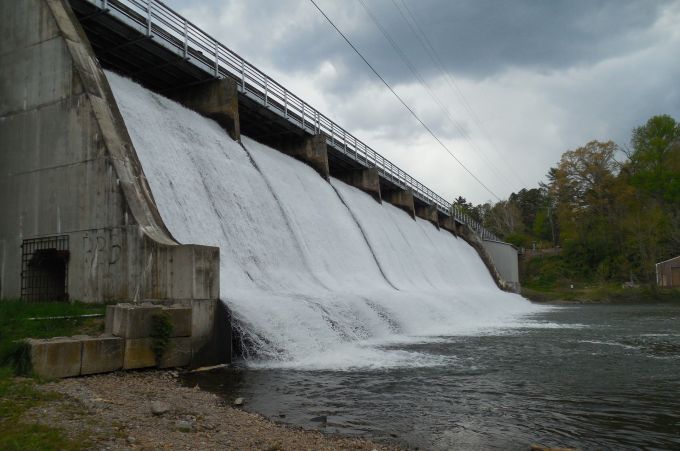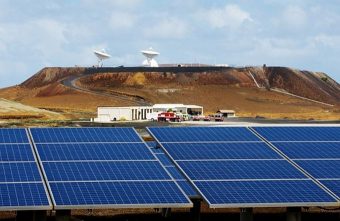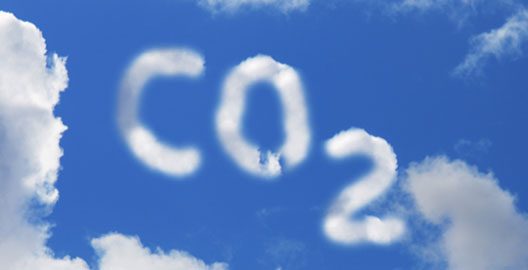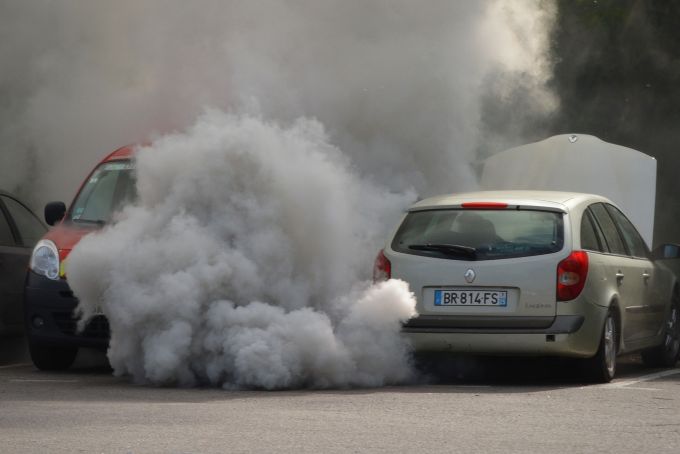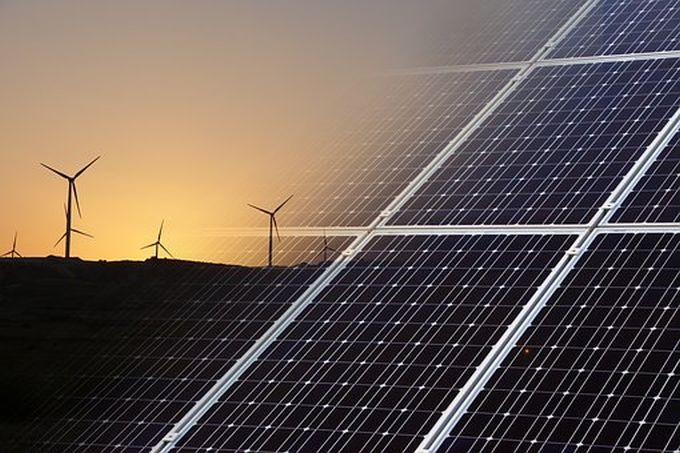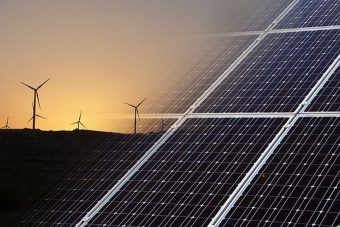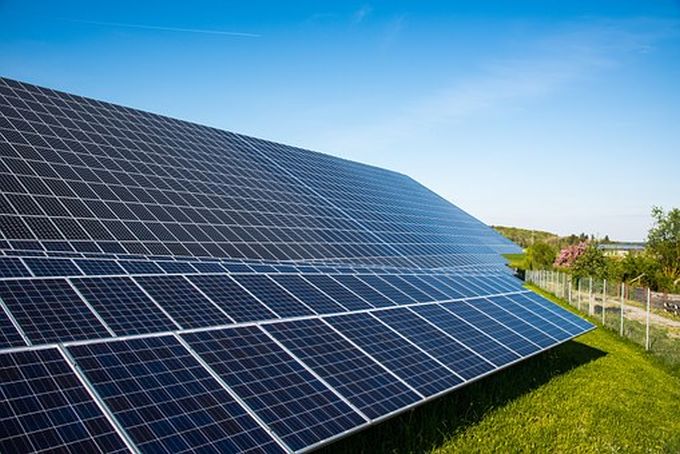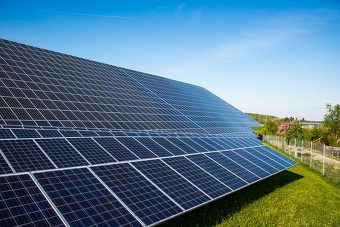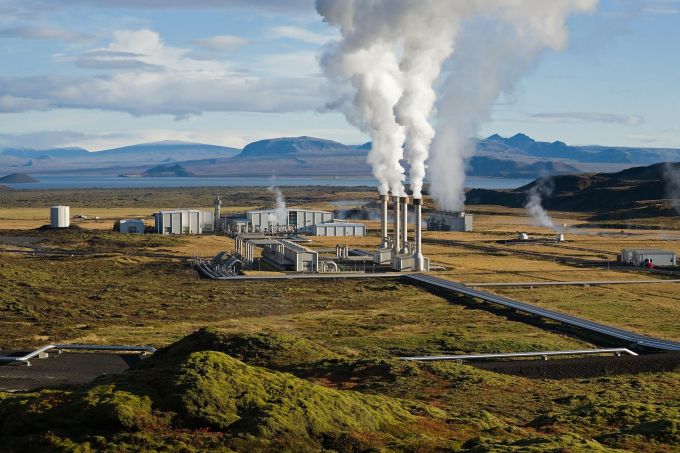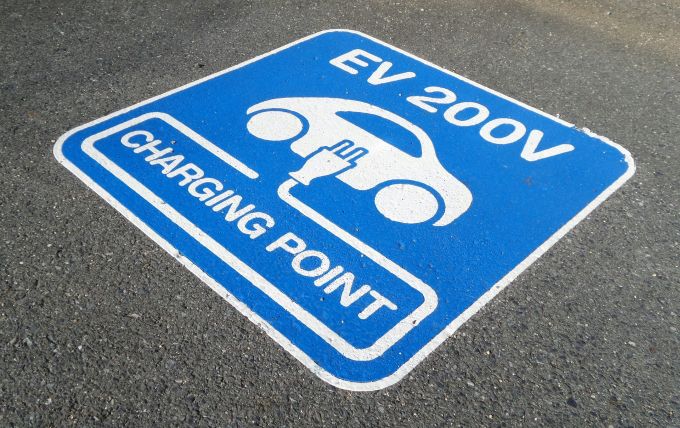
The long-term trend towards warmer weather continues with the UK experiencing its 13th hottest year in more than a century in 2016, according to the Met Office.
Findings in the annual State of the Climate report published by the Met Office yesterday show that since 1910 there have been only 12 hotter years in the UK than the 2016 calendar year.
The Met Office described 2016 as a “warm but unexceptional year” with regards to land temperature, but temperatures were still around 0.5C higher than the UK long term average between 1981 and 2010.
Overall, eight of the ten warmest years in the UK have occurred since 2002 and all the top ten warmest years have occurred since 1990, according to the Met Office, laying bare the significant changes in weather and temperature already occurring as a result of man-made climate change.
In order to combat the worst impacts of climate change globally – which include hotter temperatures, sea level rises, drought, extreme storms and famine – the UK and other countries around the world have signed the international Paris Agreement to drastically cut greenhouse gas emissions in a bit to limit average temperature increases to ‘well below’ 2C.
Despite President Trump announcing plans to pull the US out of the agreement, the UK is one of many countries and businesses around the world to have reaffirmed its commitment to significantly cutting emissions by 2050, with a report earlier this year estimating that extreme weather events could cost the UK almost €46bn over 33 years.
And yesterday’s Met Office report also shows the UK is already experiencing several weather trends that pose potential risks to homes and businesses.
The winter period between December 2015 and February 2016 was the second wettest since 1910, the findings show, with the wettest on record occurring just two years earlier in 2014. That year saw Storms Desmond and Frank wreak havoc across the UK and Ireland, with damage from the resulting flooding and other issues estimated to have cost the UK billions in losses.
Earlier this week, the Met Office also warned that England and Wales are both at high risk of “unprecedented” rainfall, further raising fears of widespread flooding risks.
Elsewhere, yesterday’s report shows there were also fewer days of frost in the UK in 2016 than the long term average, although “not exceptionally so”, it explained, while sea levels around the UK rose by around 1.4mm a year on average over the course of the 20th century.
There was better news regarding storms in 2016, though, with the Met Office reporting that the number and severity of storms “were not unusual compared to recent decades”.
“There are no compelling trends in storminess as determined by maximum gust speeds from the UK wind network over the last four decades,” the report states.
Source: businessgreen.com



